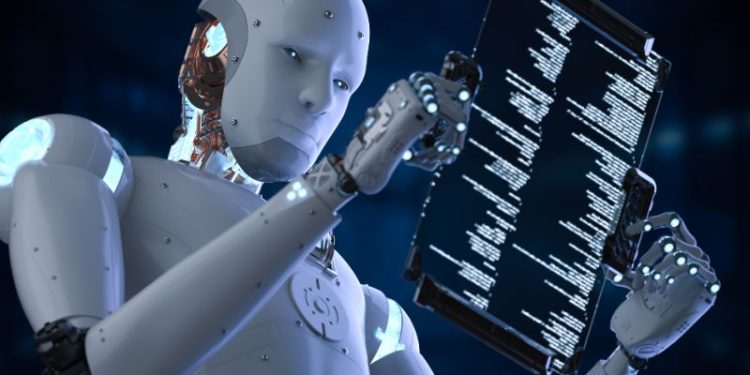In today’s interconnected world, where information and communication transcend geographical boundaries, the need for efficient and accurate translation services has become increasingly crucial.
As the global landscape evolves, so too does the demand for tools that can navigate the complexities of multilingual exchanges. Amidst this dynamic environment, AI-powered translators have emerged as indispensable assets, particularly in the realm of AI detection for global communications.
1. The Challenge of Multilingual Communication
Effective communication is the cornerstone of global collaboration and understanding. However, the diversity of languages spoken across the world presents a significant challenge.
Navigating these linguistic barriers can be a daunting task, often leading to misunderstandings, delays, and missed opportunities.
Traditional translation methods, such as manual human translation or rule-based machine translation, have their limitations. They can be time-consuming, costly, and prone to errors, especially when dealing with the nuances and contextual complexities of language.
In the rapidly evolving digital landscape, where information and ideas are shared across borders in real-time, the need for a more agile and accurate translation solution has become paramount.
2. The Rise of AI-Powered Translation
AI translator, a technological marvel, has revolutionized the way we approach multilingual communication. Powered by advanced natural language processing (NLP) algorithms and deep learning models, AI translators can analyze and translate text with remarkable accuracy and speed.
These AI-powered tools leverage vast multilingual datasets, contextual awareness, and neural network architectures to understand the underlying meaning and sentiment of the text, rather than simply performing word-for-word translations.
This holistic approach enables AI translators to navigate the nuances and complexities of language, delivering translations that are not only linguistically accurate but also culturally and contextually appropriate.
3. The Indispensable Role of AI Translators in AI Detection
As the global community continues to embrace digital communication, the need for robust AI detection mechanisms has become increasingly critical.
Malicious actors, state-sponsored groups, and other entities may attempt to leverage the anonymity and reach of global communications to spread disinformation, conduct cyber-attacks, or engage in other nefarious activities.
This is where the role of AI translators becomes indispensable. By seamlessly integrating with AI detection systems, these translation tools can serve as a powerful first line of defense, identifying potential threats and anomalies across multilingual communications.
4. Key Advantages of AI Translators in AI Detection
Multilingual Capability: AI translators can effortlessly handle a vast array of languages, enabling the detection of threats and suspicious activities across diverse linguistic landscapes.
- Contextual Understanding: By leveraging their advanced language processing capabilities, AI translators can provide nuanced interpretations of text, helping AI detection systems better identify potential threats that may be disguised within complex linguistic structures.
- Real-Time Processing: The speed and efficiency of AI-powered translation allow for the rapid processing of large volumes of multilingual communications, enabling AI detection systems to respond to potential threats in a timely manner.
- Adaptability and Scalability: As AI translators continuously evolve and improve, they can be seamlessly integrated into AI detection frameworks, allowing these systems to adapt to the ever-changing landscape of global communication threats.
- Cost-Effectiveness: Compared to human translation services, AI translators offer a more cost-effective solution for organizations looking to implement robust AI detection capabilities across their global communications.
5. Embracing the Synergy of AI Translators and AI Detection
The synergetic relationship between AI translators and AI detection systems is a powerful combination that can help safeguard global communications against a wide range of threats.
By leveraging the multilingual capabilities, contextual understanding, and real-time processing of AI translators, AI detection systems can become more comprehensive, responsive, and effective in identifying and mitigating potential risks.
As the world continues to evolve and communication channels become increasingly diverse and complex, the indispensable role of AI translators in AI detection will only grow more pronounced.
By embracing this transformative technology, organizations and individuals can navigate the global landscape with enhanced security, confidence, and the ability to foster meaningful, cross-cultural connections that drive progress and innovation.
















